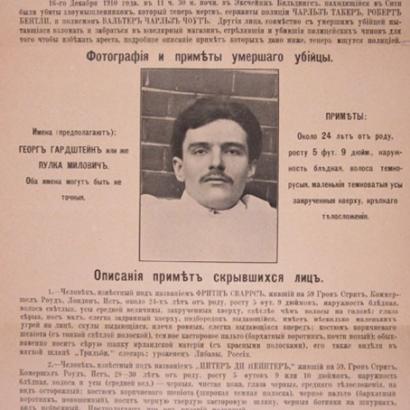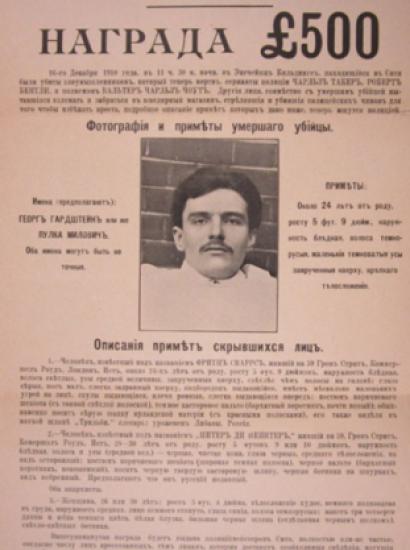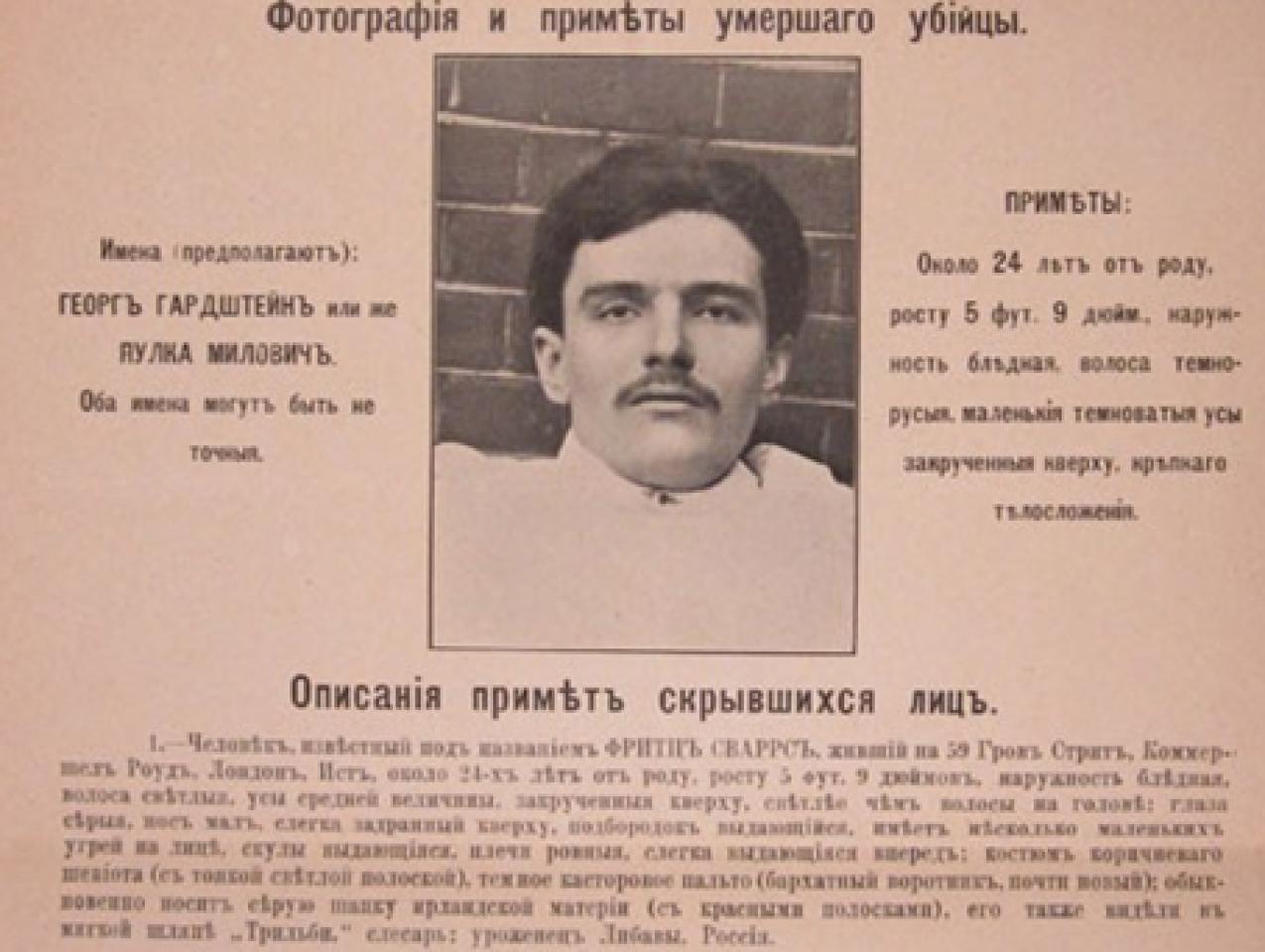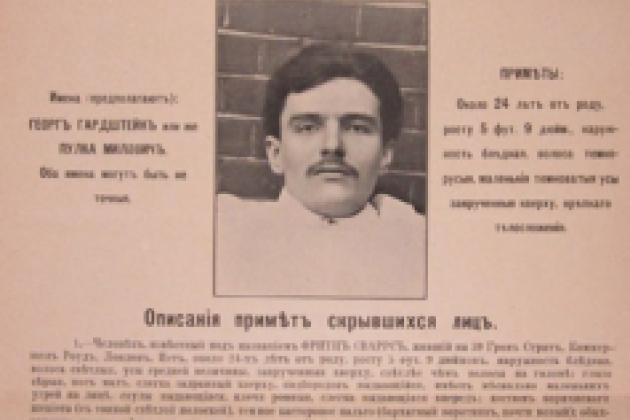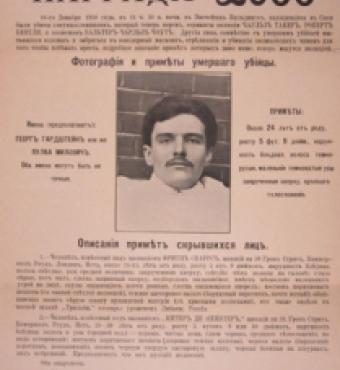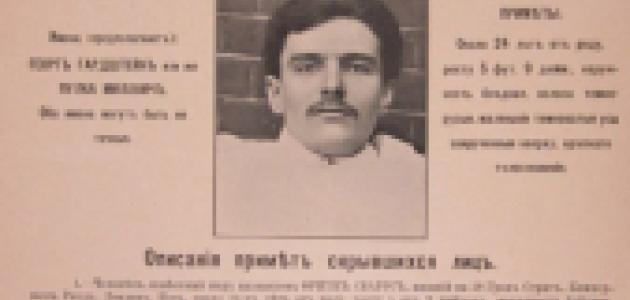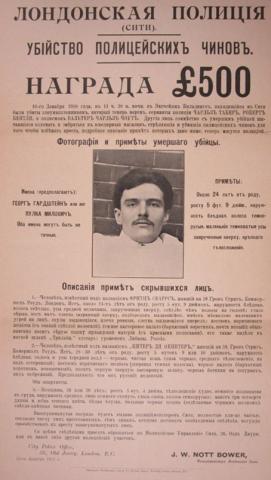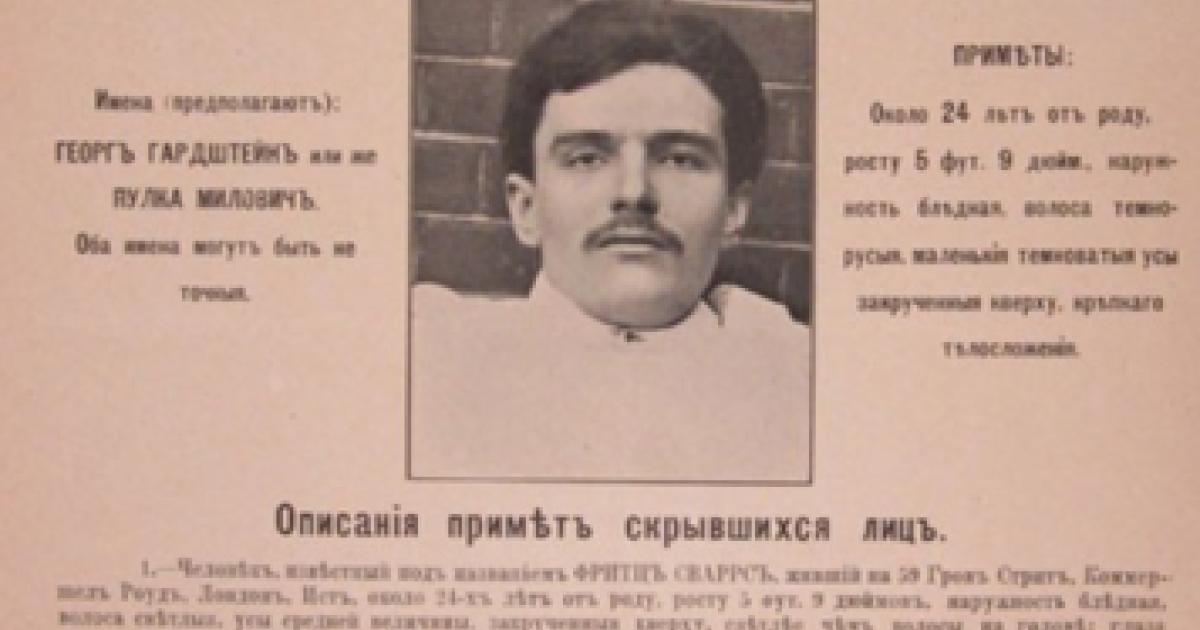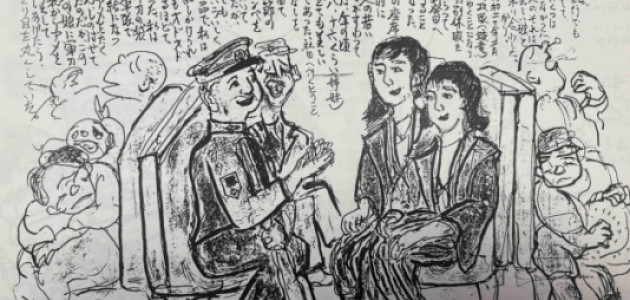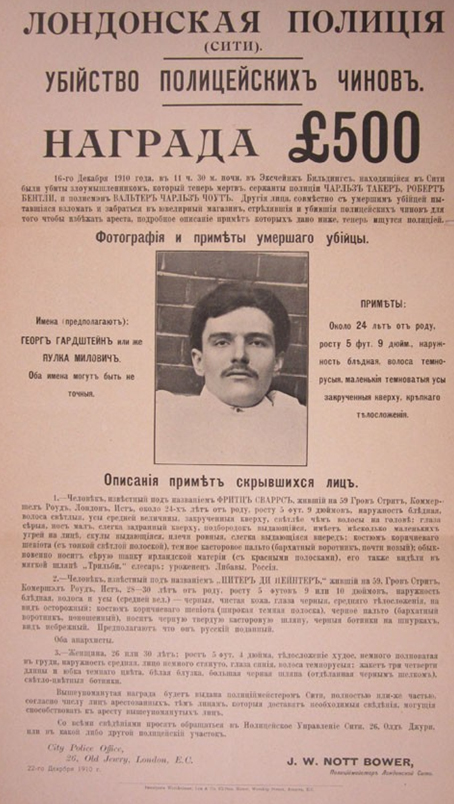
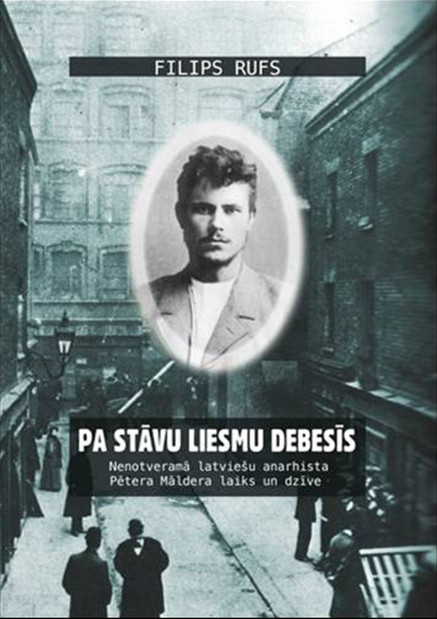
An episode of political violence in London a hundred years ago, featuring a cast of characters including revolutionaries from the Russian Empire, Winston Churchill, and the czarist secret police (the Okhrana) is in the news again, at least in Latvia, where the revolutionaries came from. The episode, known as the Siege of Sidney Street, has never completely disappeared from popular folklore in London, even figuring as part of the inspiration for an Alfred Hitchcock film (The Man Who Knew Too Much). Despite its notoriety, the incident has faded from history, eclipsed first by the outbreak of World War I and by much larger events such as the 1917 Russian revolution.
However, British historian Phil Ruff has just published a book in Latvia about the incident’s most notorious figure, the legendary “Peter the Painter,” part of a band of Latvian anarchists active in Britain at the time. On January 2, 1911, a shootout occurred when British police cornered some members of the band in a house on London's Sidney Street. A young Winston Churchill, home secretary at the time, called out a British army detachment, complete with an artillery piece, to aid the police in their siege. The Latvian revolutionaries involved in the Sidney Street shootout fought until they had been killed. Another member of their band was sought by the police, an individual known only by his nickname “Peter the Painter.” The colorful sobriquet was given to the missing anarchist by the police, who thought his first name was Peter (the revolutionaries used many aliases) and knew of his artistic inclination from drawings appended to texts and letters they had discovered.
A police manhunt for Peter the Painter ensued, spanning several continents and involving the Russian Imperial secret police as well as the British authorities, but the elusive Latvian anarchist was never caught. A copy of a wanted poster for the missing revolutionary, issued in Russian and offering a reward of five hundred pounds sterling (a considerable sum at the time) from the London city police, is in the “Okhrana collection” (formally known as the Russia. Departamenta politsii. Zagranicha agentura (Paris) collection) in the Hoover Institution Archives and figured in Ruff’s research. The collection in the archives also includes correspondence and reports about the case, including letters exchanged between London police officials and the Paris branch of the Okhrana. The Russian Imperial secret police were also involved, as Latvia was then part of the Russian Empire, and the Latvian anarchists were part of the general revolutionary movement opposing czarist rule. The Paris branch of the Okhrana was involved in an extensive surveillance effort to monitor the activities of anti-czarist revolutionaries in Western Europe and Great Britain.
Ruff’s book, entitled Pa stāvu liesmu debesīs. Nenotveramā latviešu anarhista Pētera Māldera laiks un dzīve, has just been issued by the publishing arm of the Latvian newspaper Diena. In it, Ruff reveals “Peter” to have been an individual named Jānis Zhaklis, who managed not only to elude capture but, according to Ruff, may have made his way eventually to Australia, where he lived out his days in anonymity.
As is the Latvian practice, Ruff’s name appears on the cover of his book in its Latvian form, Filips Rufs. The book has been published in Latvian; as yet there is no plan to publish an English version. An interview (in English) with Ruff about his long investigation into this historical detective story, however, can be found at Diena’s website.







